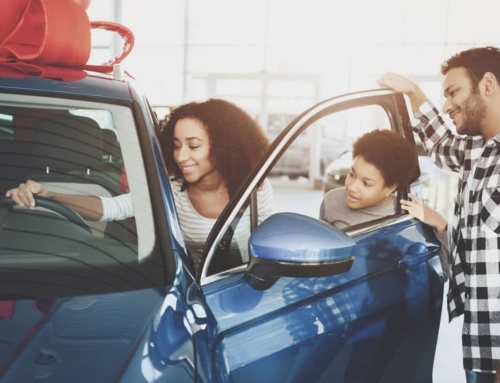
- Pay per ride systems, such as Uber and Lyft have shown us the demand for other options outside of owning a car or hiring a taxi. As these systems are currently, drivers are employees of the company, but use their own vehicles. But it’s not a huge leap to imagine Uber having its own fleet of driverless cars shuttling us to and fro at the tap of an app.
- Shared ownership is something many car companies have adopted as an alternative to fully owning. Currently, BMW is doing a ride sharing program in Seattle called ReachNow. This program includes hiring someone for a ride and short-term rentals. But looking into the future, it’s not hard to imagine a ride sharing program that uses your car autonomously when you’re not using it.
- Options like fractional ownership is a way to buy into a brand, instead of one particular car. While it may be a little more high end, the amount you’d pay depends on how much you intend to use the brand. This gives the consumer access to a whole line of cars and all the latest and greatest technology that brand has to offer.
It’s a brave new driverless car filled world out there. The faster companies move on the technology will determine who sinks and who swims as the market changes.







Leave A Comment